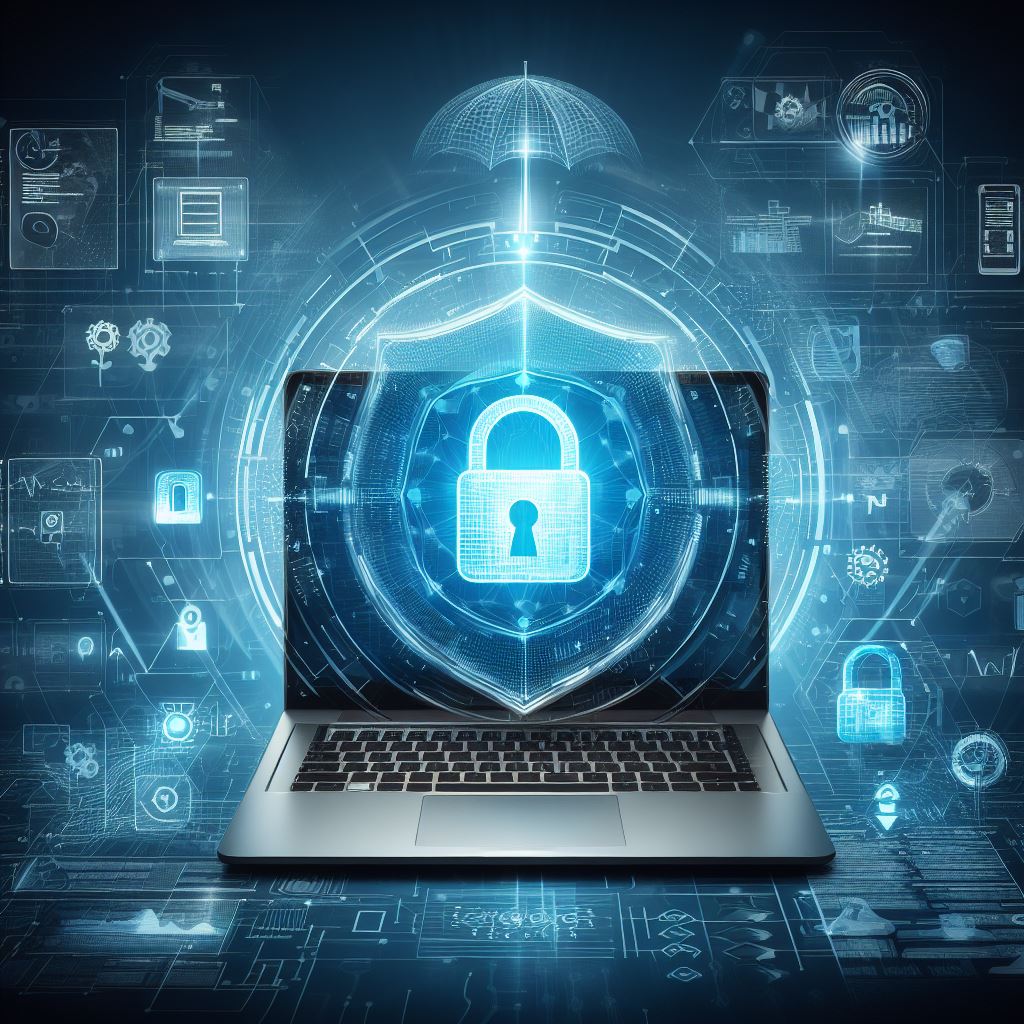In today’s digital landscape, cybersecurity is paramount for businesses of all sizes. With the ever-evolving threat landscape, it’s crucial to stay informed about the best practices to protect your organization from cyberattacks. In this comprehensive guide, we will delve into Cybersecurity Best Practices to help you fortify your defenses and keep your business safe. Let’s explore the world of cybersecurity together.
Key Takeaways:
Before we conclude our exploration of Cybersecurity Best Practices, let’s summarize the essential points to remember:
- Regular Audits: Conduct regular security audits to identify vulnerabilities and prioritize improvements.
- Employee Training: Invest in cybersecurity training for your employees to reduce the risk of human error.
- Access Control: Implement strong access controls and consider multi-factor authentication (MFA) for user accounts.
- Software Updates: Keep all software and systems up to date with the latest security patches to prevent vulnerabilities.
- Network Security: Employ robust network security measures, including firewalls, intrusion detection systems, and encryption.
- Data Backup: Regularly back up your data and store it securely to protect against data loss.
- Dark Web Monitoring: Stay vigilant by monitoring the dark web for any mentions of your company’s data or credentials.

Cybersecurity Best Practices
Cybersecurity is a complex field, but there are several key practices that every business should follow to mitigate risks effectively:
1. Conduct Regular Security Audits
A critical first step is to perform regular security audits. This involves assessing your current security measures, identifying vulnerabilities, and prioritizing areas that need improvement. PCH Technologies offers expert cybersecurity audits to help you pinpoint weaknesses and take proactive measures.
2. Invest in Employee Training
Human error is a leading cause of security breaches. Ensure that your employees receive thorough training on cybersecurity best practices. Educate them on recognizing phishing attempts, using strong passwords, and reporting suspicious activity promptly.
3. Implement Strong Access Controls
Limit access to sensitive data to only those who need it. Utilize multi-factor authentication (MFA) to add an extra layer of security to user accounts. PCH Technologies specializes in access control solutions for businesses of all sizes.
4. Regularly Update Software and Systems
Outdated software and systems are often vulnerable to cyberattacks. Keep all your software, including operating systems and applications, up to date with the latest security patches. Consider employing a managed IT service provider like PCH Technologies for seamless updates and maintenance.
5. Secure Your Network
A robust network security strategy is crucial. Use firewalls, intrusion detection systems, and encryption to protect your data in transit. PCH Technologies offers managed IT services that encompass network security solutions.
6. Backup Your Data
Regularly backup your data and ensure that backups are stored securely. In the event of a cyberattack or data loss, having reliable backups can save your business. Explore PCH Technologies’ managed cloud backup services for peace of mind.
7. Monitor the Dark Web
Stay vigilant by monitoring the dark web for any mentions of your company’s data or credentials. PCH Technologies provides dark web monitoring services to keep your business safe from threats lurking in the shadows.
Cybersecurity Best Practices |
Description |
|---|---|
Regular Audits |
Assess and prioritize security improvements. |
Employee Training |
Educate staff on cybersecurity awareness. |
Access Control |
Limit access and consider multi-factor auth. |
Software Updates |
Keep software and systems current with patches. |
Network Security |
Utilize firewalls, IDS, and encryption. |
Data Backup |
Regularly backup and secure your data. |
Dark Web Monitoring |
Monitor the dark web for potential threats. |
FAQs (Frequently Asked Questions)
What are the most common cybersecurity threats?
Common cybersecurity threats include phishing attacks, ransomware, malware, and data breaches. Stay informed about these threats and take preventive measures.
How can I choose the best Managed IT Service Provider (MSP)?
Look for an MSP with a proven track record, industry certifications, and a comprehensive range of services. PCH Technologies is a reputable IT support company known for its managed IT services.
What is the importance of co-managed IT solutions?
Co-managed IT solutions allow you to collaborate with an MSP while retaining control over specific aspects of your IT infrastructure. It’s a flexible approach that suits many businesses.
How can I create a strong password?
A strong password includes a combination of upper and lower-case letters, numbers, and special characters. Avoid using easily guessable information like birthdays or common words.
What should I do if I suspect a security breach?
If you suspect a security breach, immediately disconnect affected systems from the network, contact your IT team, and follow an incident response plan.
How can PCH Technologies help my business with cybersecurity?
PCH Technologies offers a wide range of cybersecurity services, including audits, access control solutions, and dark web monitoring. We tailor our services to meet your specific needs.
Conclusion
Cybersecurity is an ongoing battle, and staying ahead of cyber threats requires a proactive approach. By following these Cybersecurity Best Practices and partnering with experts like PCH Technologies, you can significantly enhance your business’s cybersecurity posture. Protect your data, safeguard your reputation, and ensure business continuity in today’s digital age.
